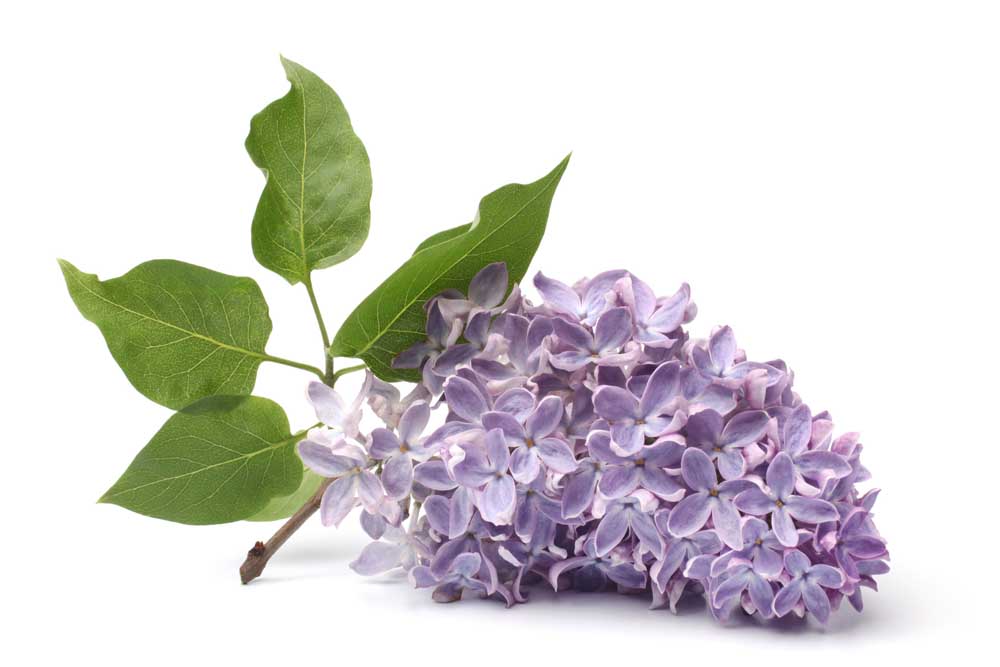Douville: Tough to get irises right in Central Oregon
Published 1:30 am Tuesday, April 12, 2022

- Branch of blooming lilacs
Gardening can be complicated and frustrating at this time of year. Especially if you are new to central Oregon climate. It is also frustrating for residents who have lived here for many years and recently developed an interest in digging in the dirt.
The calendar proclaims spring is here but we are never really convinced. The temperature can be in the 70s for several days, but the fine print says there is a possibility of snow. On April 25 of last year it was cold, snowy, then thunder and rain. Nevertheless, we forge ahead wondering what we should be doing in the garden.
The first item on my to-do list is to tend to the iris bed. I never seem to get it quite right. When I pass a particular border of iris on a routine traffic pattern, sidewalk design, I admit to having iris envy. The long border is lush, the flower stalks are abundant and colorful.
I have the iris care printout from Schreiner’s Iris Garden in Salem. I decided it was time to get serious and went through the printout point by point. I may have come up with a partial answer. The planting depth was correct with the top of the rhizome exposed and not covered. They were planted in full sun. They were planted several years ago but are not crowded.
The hints from Schreiner’s were worth rereading and sharing. For best results, iris should be planted in July, August, or September. The roots need to be well established before the growing season ends. Deep watering at long intervals is better than more frequent shallow watering. Overwatering is a common error. Schreiner’s recommends a 6-10-10 fertilizer early in the spring and a second light application about a month after bloom.
Avoid using anything high in nitrogen, the first number of a fertilizer formula. Nitrogen encourages rot problems. Avoid using mulches, ground covers or man-made weed barriers to control weeds. Hand weeding is the best way. Covering the iris with any mulch will cause the iris to quickly rot.
After reviewing the iris care sheet, I have probably missed the boat on properly fertilizing. I have relied too much on the soil forgetting that enriching the soil is an ongoing process. And I confess to not applying fertilizer a month after bloom. It is worth a field trip to Salem to feast your eyes on the beauty of their iris gardens.
Lilacs another source of envy
Every spring I think about replacing the lilac grove we sacrificed when we decided to build a greenhouse in that spot. The “must-have” urge worsened when I read the National Garden Bureau had declared 2022 “The year of the Lilac.”
The National Garden Bureau is a non-profit organization whose purpose is to educate, inspire and motivate people to garden. Each year NGB selects one annual, perennial, bulb crop, edible and shrub. Plants are chosen because they are popular, easy to grow, widely adaptable, genetically diverse and versatile.
The lilacs probably dated back to when the property was a farm out in the country. They were the typical lavender color and smelled heavenly. I remember having frost damage one year and receiving advice from a seasoned gardener in Prineville that white lilacs were more frost resistant than the purple varieties. Maybe I can justify my lilac purchase in the name of research and purchase a lavender variety and a white variety.
There are approximately 30 different species of lilac from early blooming to late blooming. Flower colors range from lavender, blue, lavender-blue, lavender-purple, pink and white. Some species have interesting bark or colorful fall foliage. Lilacs grow best in full sun. All are recommended for USDA Zones 3-4.
Lilacs do not require annual pruning, but cutting off spent flowerheads within a month after bloom will help the plant concentrate of preparing more flower buds for next year and not seeds.
SAVE THE DATE: Register now for OSU Master Gardeners Spring Seminar Virtual Classes every Saturday until April 23. Checkout the class offerings and schedule at https://www.gocomga.com/2022-spring-seminar. All classes will be offered via zoom, cost is $5 per class.




